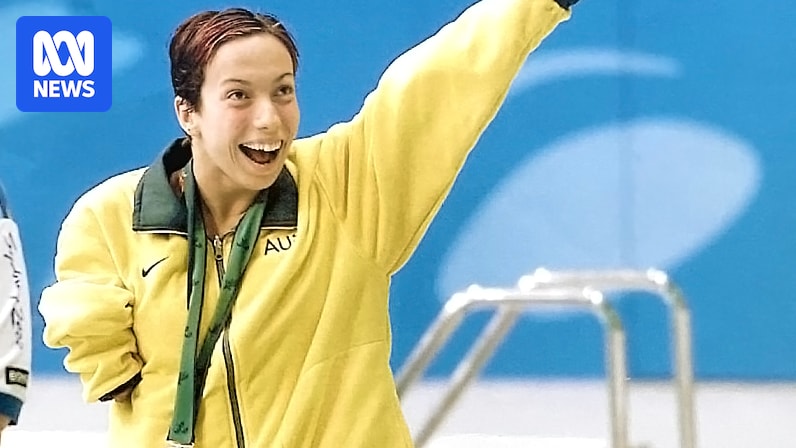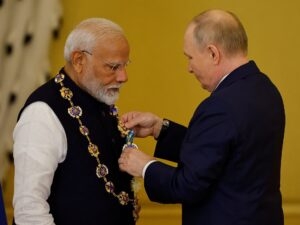
The Sydney 2000 Paralympic Games marked a pivotal moment in the history of the Paralympic movement, transforming public perception and support for athletes with disabilities. While winning a silver medal in the women’s S6 400m Freestyle was a personal triumph, the overwhelming celebration and support from the public signaled a broader shift towards inclusivity.
Prior to Sydney, the Paralympic Games had struggled for recognition. As a 16-year-old competitor in the 1996 Atlanta Games, I witnessed firsthand the challenges faced by Paralympians. The athletes’ village was left in disarray after the Olympics, and the lack of media coverage and public interest made many athletes feel like second-class citizens.
A Collective Effort in Sydney
The transformation in Sydney was the result of a concerted effort by athletes, organizing committees, broadcasters, and sponsors. Enhanced cooperation between the Olympic and Paralympic committees ensured better alignment, and athletes were actively involved in community engagement, visiting local schools to foster support.
As a result, public awareness of the Paralympics surged. Over a million tickets were sold, and 96 hours of live television coverage brought the events into homes worldwide. Unlike the empty stands in Atlanta, Sydney’s venues were filled with enthusiastic spectators, creating an empowering atmosphere for athletes.
“When you have pop princess Kylie Minogue singing at your opening ceremony, you know you have well and truly made it.”
Empowerment and Inclusion
For many athletes, including myself, the Sydney Games were transformative. Growing up in Australia during the late 70s and 80s, societal attitudes towards disability were often outdated. Personal experiences of exclusion and misunderstanding were common, making the sense of community and recognition at the Paralympics all the more significant.
Competing in Sydney alongside a record number of Australian athletes, I realized the importance of solidarity within the disability community. Instead of feeling self-conscious about my limb difference, I embraced it as an integral part of my identity and success. The athletes’ village was a place of mutual respect, where differences were celebrated rather than stigmatized.
Being part of a team that included celebrated athletes like Priya Cooper, Louise Sauvage, and Libby Kosmala was inspiring. These athletes were recognized for their sporting achievements, shifting the focus from their disabilities to their capabilities.
The Legacy of Sydney
The Sydney Paralympics left a lasting legacy, both personally and for the movement as a whole. The Games opened up a “prism of possibility,” altering the trajectory of my life from an uncertain child to a medal-winning athlete and journalist covering Para sports.
“It was a watershed moment in the belief that you could be disabled and succeed.”
Winning a silver medal in front of a home crowd was a dream come true, but the true impact lay in the growth of the Paralympic movement. The Sydney Games demonstrated that athletes with disabilities could captivate the world, paving the way for future generations to pursue their dreams without limitations.
As we reflect on the 25th anniversary of the Sydney Paralympics, the Games’ influence continues to resonate, inspiring ongoing efforts towards a more inclusive and equitable sporting world.







